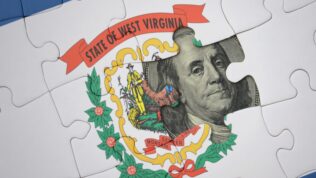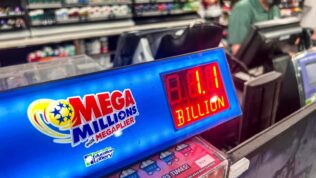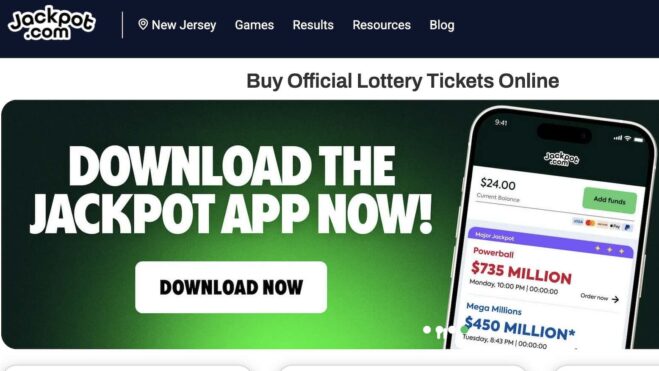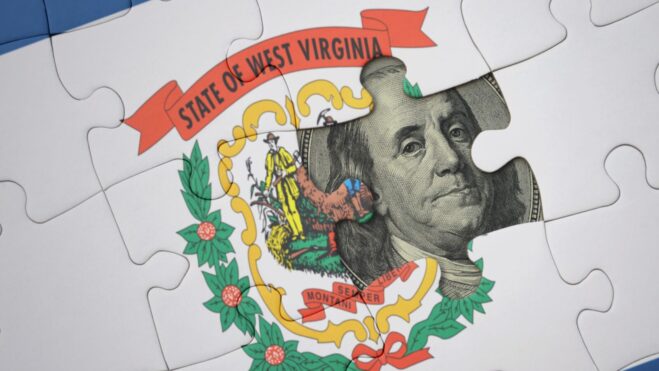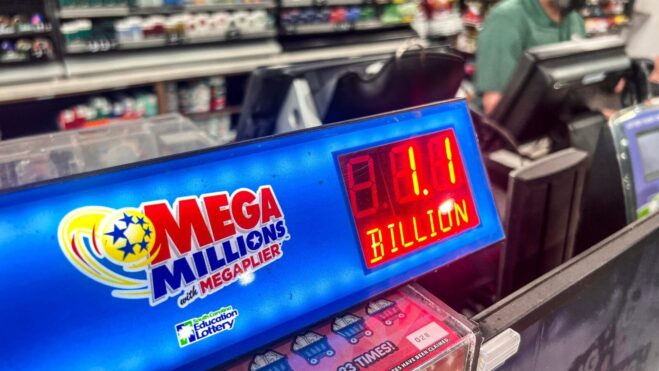Why The Mega Millions Price Increase Will Lead To Bigger Jackpots — And A Demographic Shift
Economists and lottery experts expect the customer base to diverge from Powerball players
4 min
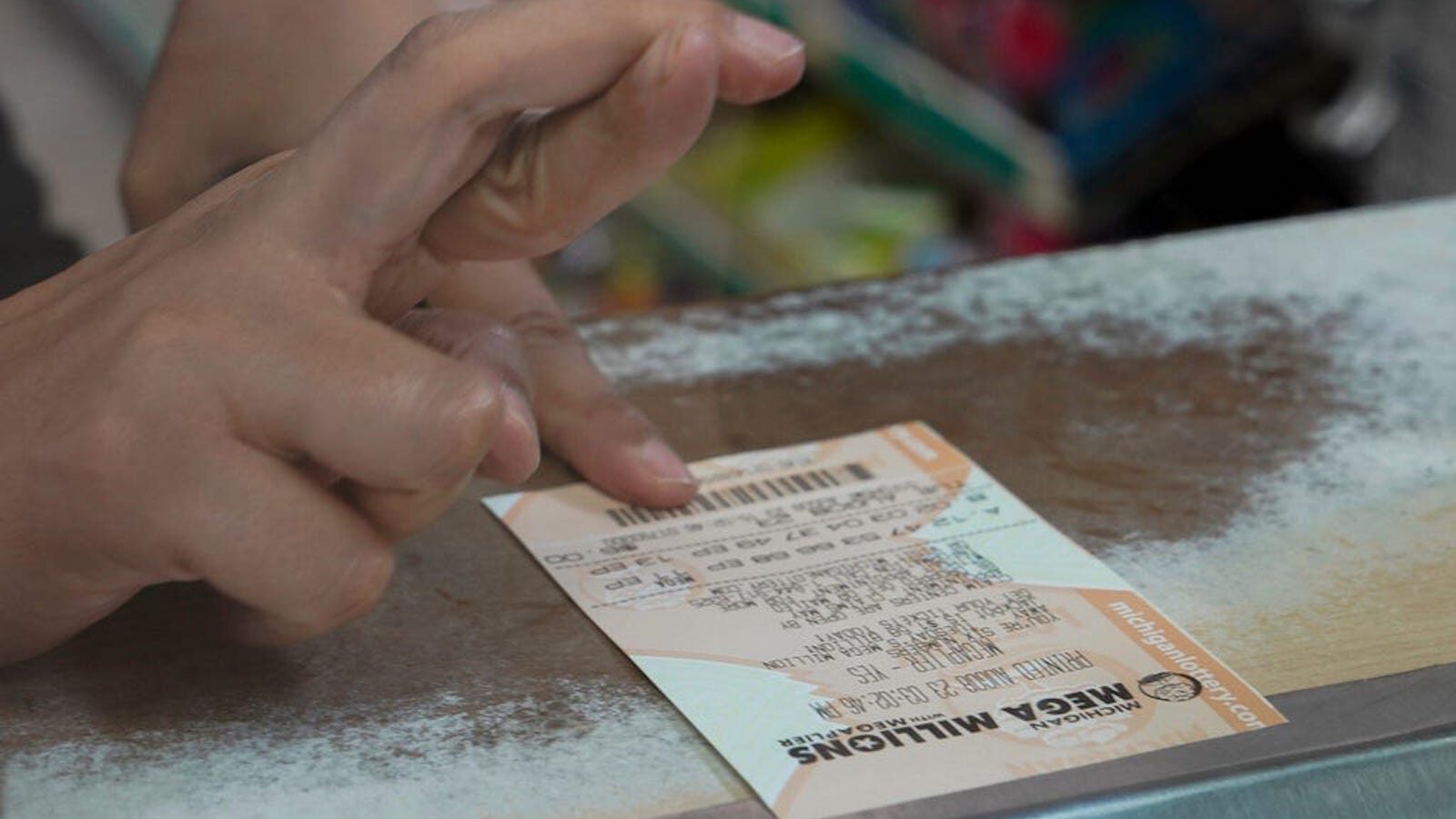
The recent announcements concerning the overhaul of the Mega Millions jackpot game beginning in April 2025 highlight the myriad enhancements and improvements that promise, among other things, to increase one’s chances of winning, deliver bigger jackpots, and increase the size of non-jackpot winnings.
Nothing is ever free, of course, so there is a resultant price increase from $2 to $5 per ticket. And whether the new Mega Millions sinks or swims may depend entirely upon how successfully the game’s movers and shakers mitigate pushback on the price change by explaining to consumers why it’s a good deal.
While it’s true that sophisticated lottery players and gaming experts will do the math themselves and also fully understand how the Megaplier, a prize multiplier, works, for most people the price increase will be the flashpoint.
There is little reason to think the average lottery player who buys a couple of tickets a week when he stops for gas and a six-pack on his way home from work will be swayed by the knowledge that his odds of winning the big prize will reportedly go from 1-in-302.6 million to 1-in-278.4 million in April when the changes go into effect, and further that that change is worth more than double the money he’s shelling out.
“I think that’s a big jump in price,” said Kent Grote, assistant professor of economics at Lake Forest College in Illinois. “I’m interested in seeing what those initial ticket sales are like. At $5 a ticket, how attractive is that going to be? The initial drawings, I know, are going to be higher minimum jackpots ($50 million instead of $20 million), but they’re not going to be substantially higher, so we’ll see where that point is where people are going to get excited about it.”
Billions and beyond
Of course, getting people excited is the name of the game. Jackpot fatigue is a real thing, and lottery executives aren’t happy unless they see lines of would-be billionaires and multi-millionaires snaking out of every retail outlet that sells tickets and record jackpots as the lead story on every local news channel.
Notwithstanding the utter absurdity of getting excited about a $900 million jackpot but not a $60 million or even a $10 million payout, the new game guarantees bigger jackpots by implementing the higher minimum and longer rollover streaks. The question is where does it end? A trillion-dollar payout? A hundred trillion?
“This is a testing point for that,” said Grote. “We’re going to see a lot more billion-dollar jackpots at these prices as long as people buy the tickets, so that’s the first test. Is it a billion now before people get excited? They’re still generating a lot of sales at amounts below that. There’s lottery fatigue and now lottery jackpot inflation, and [Mega Millions] is trying to distinguish themselves from other mega state lotteries.”
Mega Millions’ desire to separate itself from Powerball, its only true competitor on this level, is a good thing for the consumer, according to Victor Matheson, professor of economics at the University of Minnesota.
“One nice thing is we’ve always had two nearly identical lottery products, identical all the way to almost the third or fourth decimal place [of winning odds],” said Matheson, “and consumers will now be able to buy a kind of package of games in different ways. The two games are basically interchangeable at this point.”
Still, Matheson agrees with Grote that the motivating factor behind the changes to the Mega Millions game is the need to increase the size of the jackpots and get the once-in-a-while players excited and willing to throw in their five bucks. And the best way to pump up the jackpot is to ensure frequent rollovers, which the $5 price point, statistically speaking, should achieve.
How? Matheson explained that the same amount of money going into the jackpot pool should last roughly 2½ times longer with the $5 ticket than it did with the $2 ticket. At the $2 price point, $10 million in purchased tickets equates to 5 million tickets; at the $5 price point, 2 million tickets generate the same amount of money. And the chance that some ticket wins the jackpot is, obviously, lower when there are 2 million purchases rather than 5 million.
Bingo. More rollovers.
So you’re telling me there’s a chance
But there’s a danger to all those rollovers, all those draws without a grand prize winner.
“You do want the jackpot to be won often enough that people think they have a chance,” Matheson said. “We have had games in the past — not in the U.S., but elsewhere — where the odds were so long and it was so hard to win and went so long between jackpots that people stopped playing it.
“Historically, the frequency that you need is roughly the same as the size of your population. So, if you have a $1 ticket — and this has nothing to do with math, it’s just the way it seems to work — if you sell a $1 ticket, and have 20 million people in your pool, you can have a lottery with a roughly one in 20 million chance of winning, and that’s enough so people get excited and don’t think it’s fixed,” he said.
Industry experts have long known that the most reliable and consistent lottery players in the U.S. are those at the bottom of the socio-economic ladder, who play the numbers whether the payout amount is high, low, or in between. It is just as well documented that those at the upper income levels play at the same rate when the payout gets into the vicinity of record levels. Guaranteed higher payouts are likely, then, to attract more upper-income Americans into the lottery fold.
“If there’s a limited supply of money coming in, then that money’s coming from somewhere, unless they’re attracting new money to the lottery market — and that might be what they’re trying to do,” said Grote. “They’re thinking that these $5 dollar tickets will attract a different sort of buyer.
“I think [lower-income players] won’t be buying as many tickets, and I suspect they’re hoping to actually generate more ticket sales to a different spectrum,” Grote continued. “We do see that people at higher income levels are the ones that are more willing to join as the jackpots get higher. So I think that’s exactly what they are trying to do — offer a higher minimum jackpot price if people are willing to buy and these things roll over much more quickly.”
Whatever the motivation, the bigger jackpots that Mega Millions promises are mostly a positive for the public at large. Matheson said that although no economist would praise the lottery as a tool for wealth redistribution, the data suggests Mega Millions and Powerball become less regressive as the jackpots get bigger, and that giant, billion-dollar jackpots, in terms of income distribution, are a good thing.



